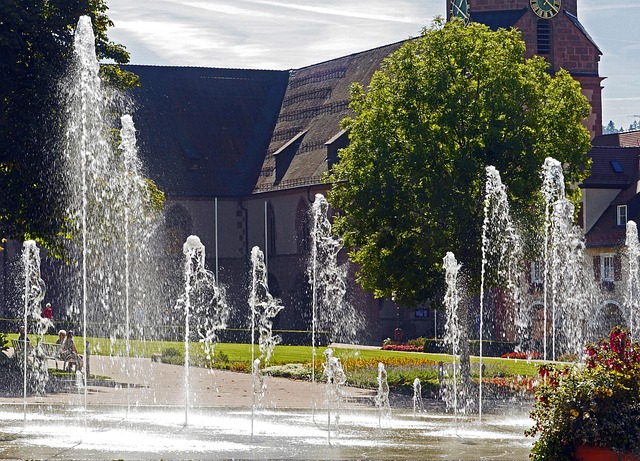In the world of habitat gardening, maintaining water balance is not just an environmental concern—it’s a commitment to nurturing nature while creating a thriving, sustainable ecosystem in your own backyard. As we strive to create green spaces that foster biodiversity, understanding how to effectively manage water resources becomes an essential part of our gardening journey.
Water is life, and in an eco-friendly garden, every drop counts. It’s crucial to establish a water balance that supports local wildlife, plants, and the surrounding environment. Incorporating native plants into your garden is one of the best ways to achieve this. Native species are adapted to the local climate, require less water, and provide essential habitats for pollinators and other beneficial creatures. By choosing these plants, you’re not only conserving water but also promoting biodiversity in your ecosystem.
Another effective strategy for maintaining water balance is implementing rain gardens. These specially designed areas allow rainwater to soak into the ground naturally, reducing runoff and minimizing the strain on municipal drainage systems. By creating a rain garden filled with native plants, you can encourage water absorption and establish a colorful haven that attracts butterflies, bees, and birds.
Don’t overlook the importance of mulching in your gardening practices. A natural mulch layer holds moisture in the soil, prevents evaporation, and suppresses weeds, ultimately aiding in maintaining water balance. As the mulch breaks down, it also enriches the soil, further promoting a healthy habitat for plants and wildlife.
Moreover, consider incorporating a compost system in your gardening routine. Compost not only recycles organic waste, but it also improves soil structure, enhancing its ability to retain water. This means your plants can access hydration more easily, making your garden more resilient during dry spells. By creating nutrient-rich compost, you are not only reducing waste but also improving the health of your garden ecosystem.
To fortify your efforts in achieving water balance, embrace the use of eco-friendly irrigation techniques. Drip irrigation systems deliver water directly to the roots, minimizing wastage and ensuring that every drop is used efficiently. Consider utilizing rainwater collection methods, such as rain barrels, to further enhance your garden’s sustainability.
Lastly, educate yourself about the natural water cycles within your local environment. Understanding when to plant, how to group plants based on their water needs, and observing rainfall patterns can greatly assist in creating an eco-friendly garden that thrives while conserving resources.
In summary, maintaining water balance in habitat gardening is about forming a harmonious relationship with nature. By implementing eco-friendly practices and being mindful of your garden’s ecological impact, you contribute to a greener world. It’s a journey filled with joy as you cultivate a space that not only nourishes plants but also supports the diverse life that depends on them.




